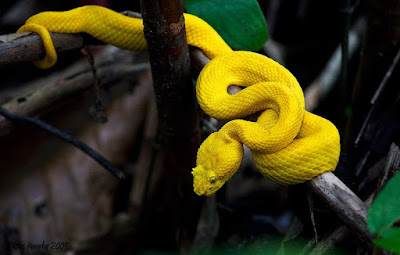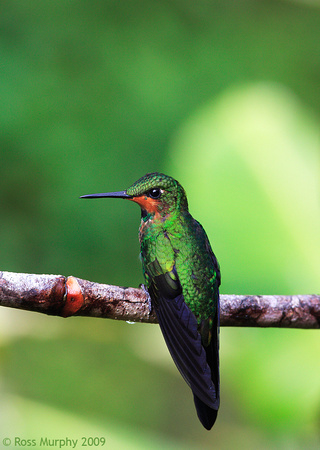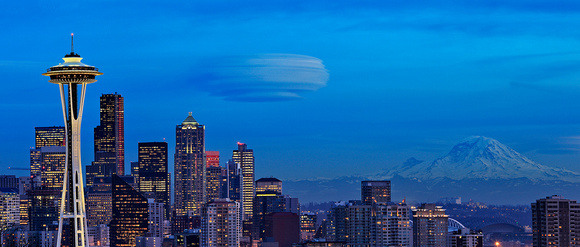 Image: Eyelash Viper, Costa Rica, 5D2, 70-200 f4 L IS, f7.1,1/200s ,ISO 1600,-.2/3 ev. Digital photo Pro and CS3
Image: Eyelash Viper, Costa Rica, 5D2, 70-200 f4 L IS, f7.1,1/200s ,ISO 1600,-.2/3 ev. Digital photo Pro and CS3The Darkroom, or rather Lightroom as its referred to today, now consists of electronics instead of chemicals, but we still do the same basic things we did in the film days, we adjust saturation, we dodge and burn, we try to get every last thing out of our RAW files that we used to try to do with our film in the dark room. "RAW" this is the equivalent of what used to be the negative, so remember if you shoot in jpg only, you are throwing away the negative.
Every camera's work flow will be a little different, maybe by a small amount, but always in my experience at least a little. The 5D Mk II is no exception, Digital Photo Pro, the software that comes with your camera, if you use a Canon, actually works very well in a lot of cases, the software of choice for me is Lightroom (currently at V 2.3) see Killer Tips, followed by CS3 (now CS4) for local adjustments, final color, size, sharpening and print.
I will always adjust curves, white balance if needed, noise and sharpen in RAW, whether I use DPP or LR and save as a 16 bit TIFF file, the only time I use jpg is when saving for use on the web. Next step is to open in CS3 and adjust curves, levels and color, I always use layers with CS3 as you have the ability to turn them on or off. Next I do local adjustments and dodge and burn if needed. Now I size using bicubic and sharpen for print using Smart sharpen and save as a 16 bit TIFF, a 100 meg file is not unusual at this point. I do all of this on an external LaCie 1 tb drive, all my best work is burned to CD at this point for back up, the rest is put on a 2 nd back up drive for later use as stock. I have found I will use DPP for animal, city and people and Lightroom for landscape or seascape. This of course is only an overall look at workflow, I could write pages about it, mostly it takes practice to develope your own workflow, but these are the basic steps I use.
I use ACDsee Pro for viewing and selecting work, you can drag and drop images into CS3 for printing and re-sizing, it is ultra fast when viewing large amounts of photo files.
Shadow and highlights where just added to the latest release of DPP 3.6.1 and I look forward to trying this new version out, Canon is constantly updating DPP and you should try the newer versions. Update DPP 3.6.1 Get it here
-
Ross Murphy Images In Light
coming soon: sharpening and sizing for the web.
coming soon: sharpening and sizing for the web.







